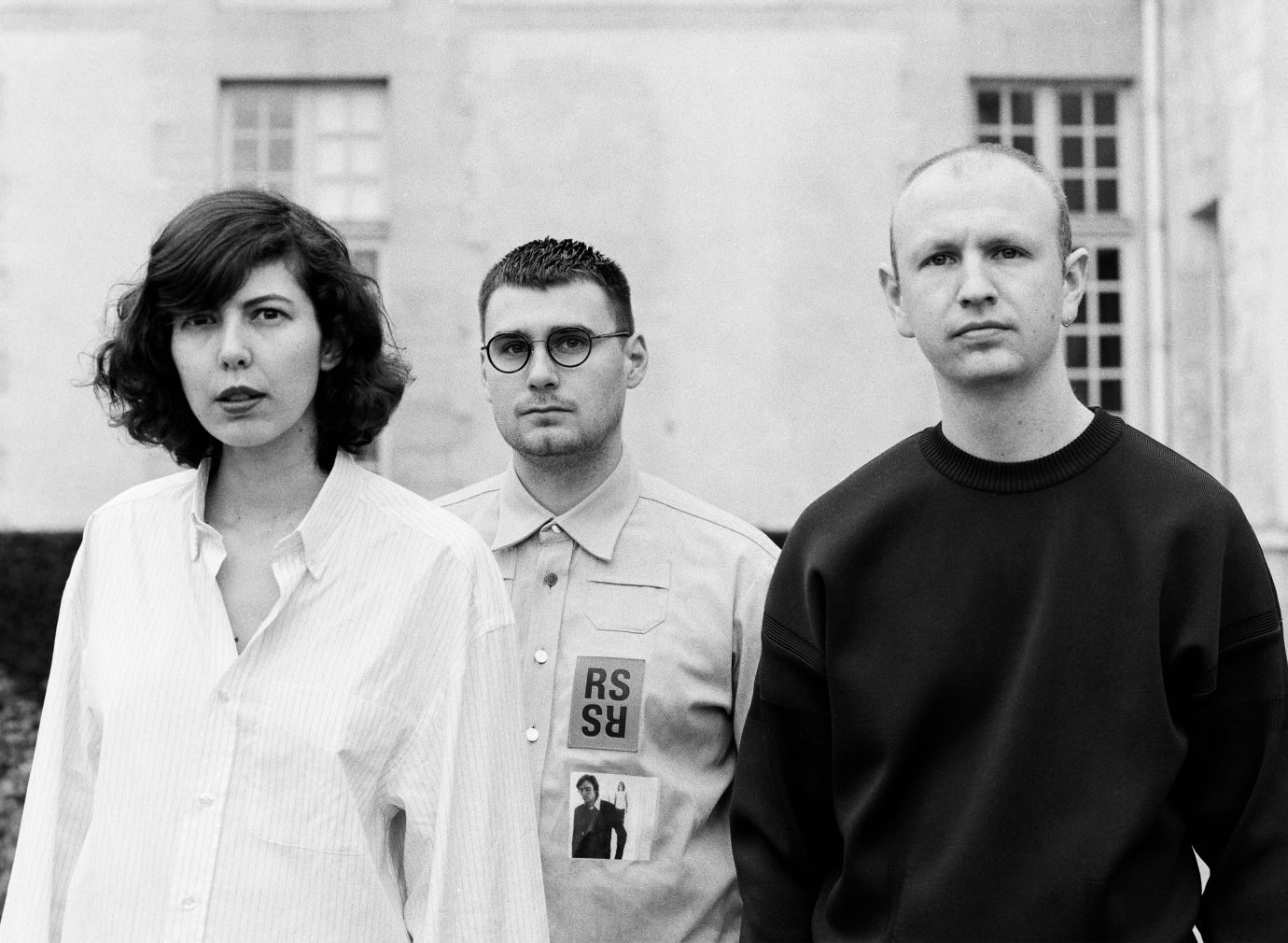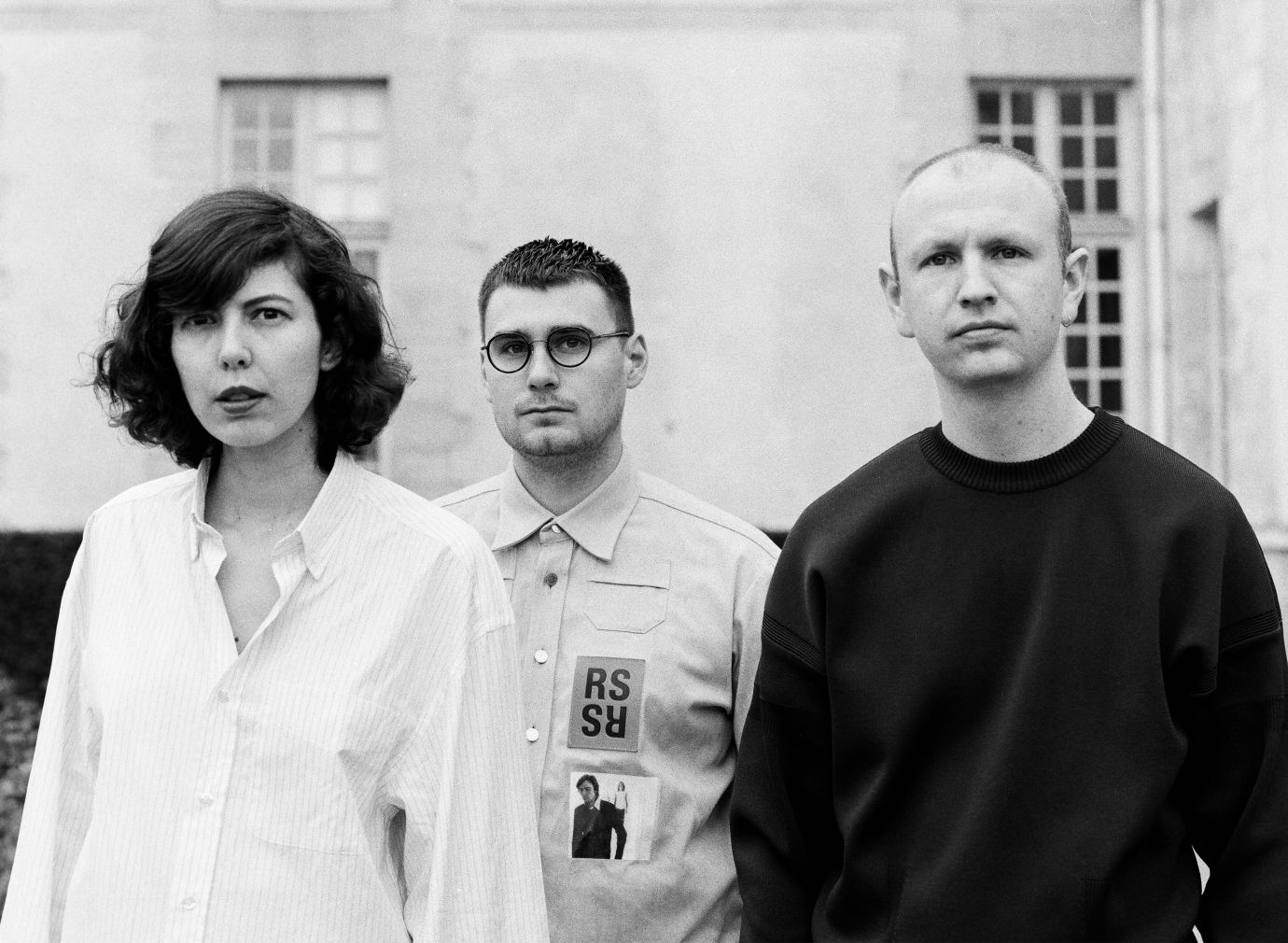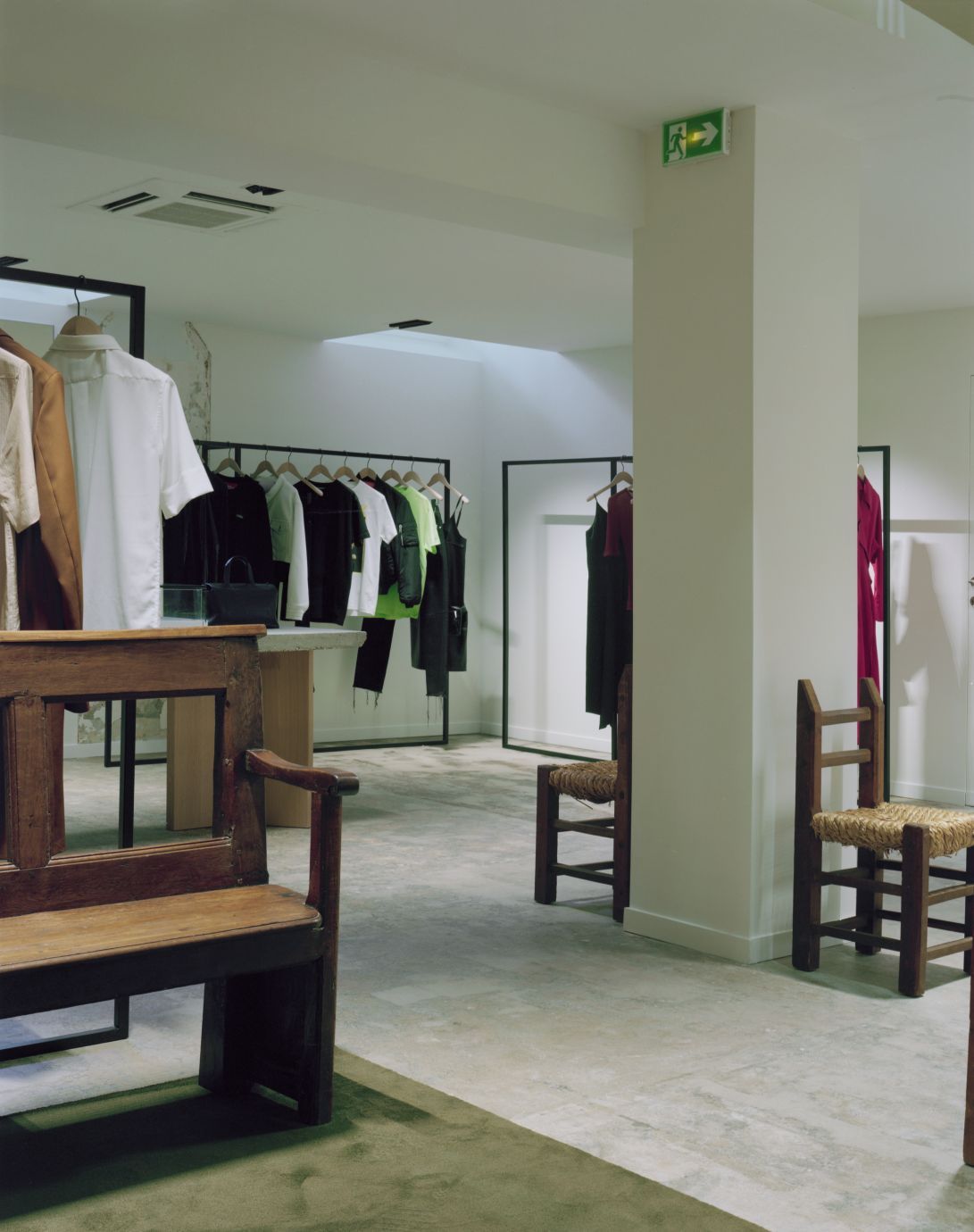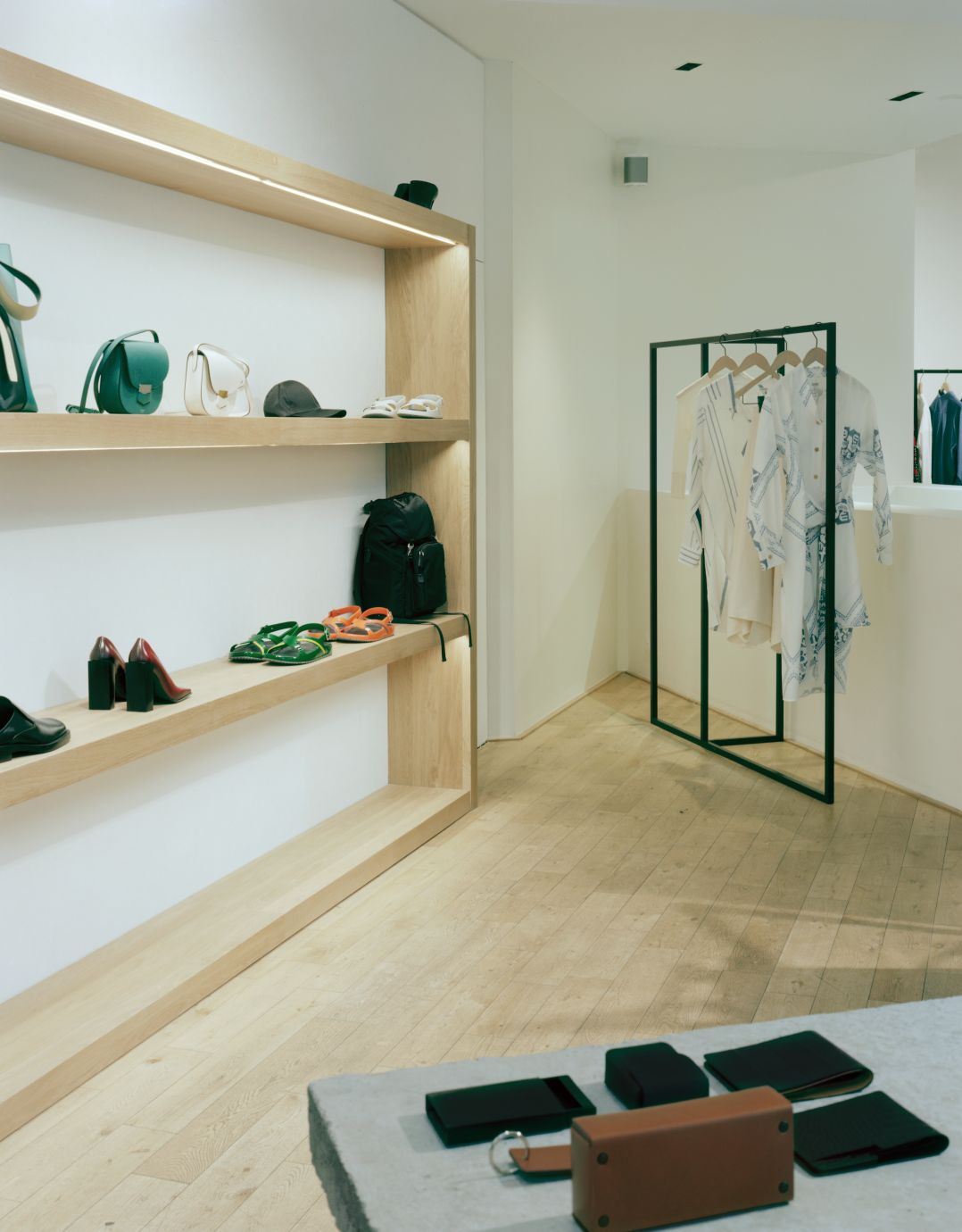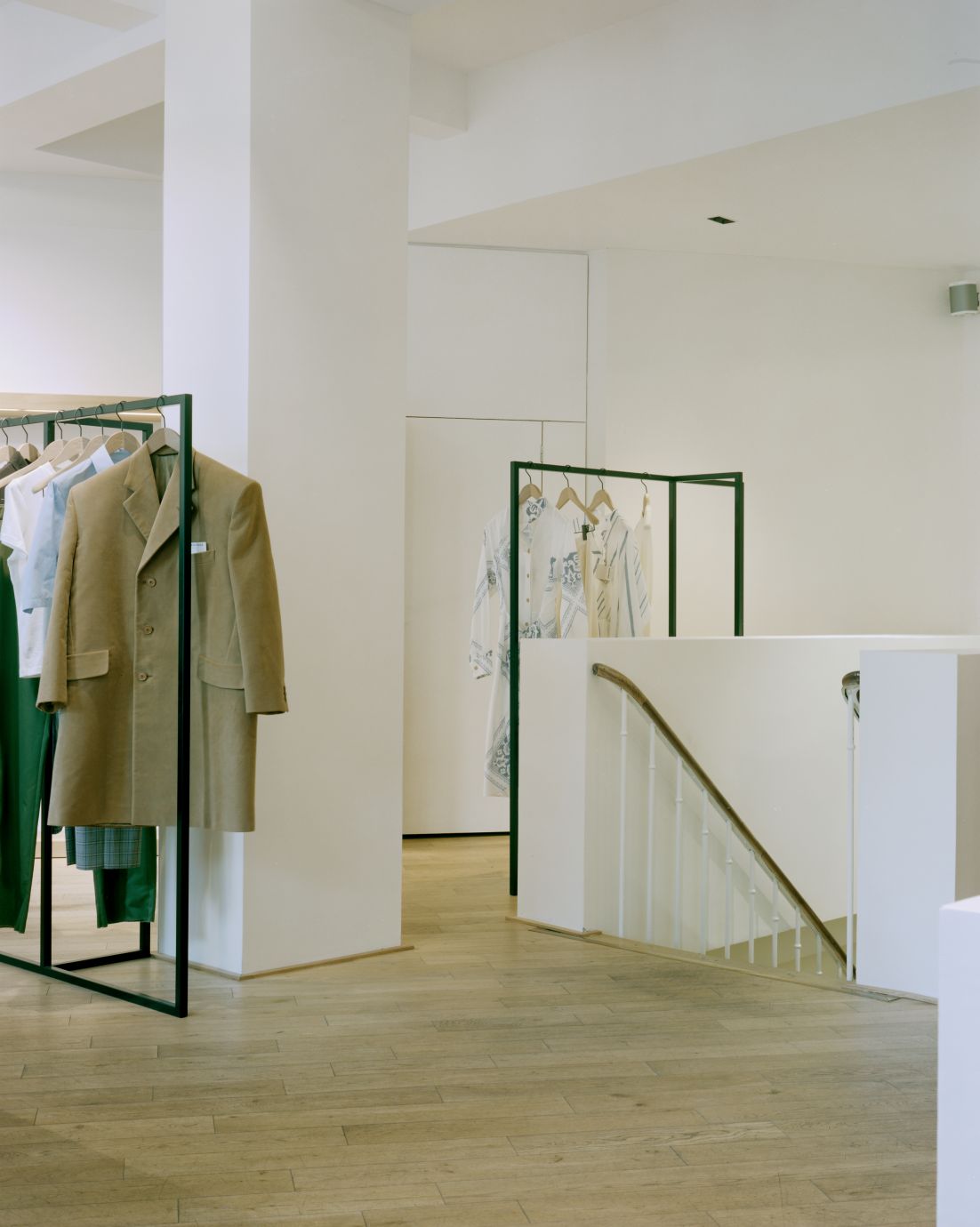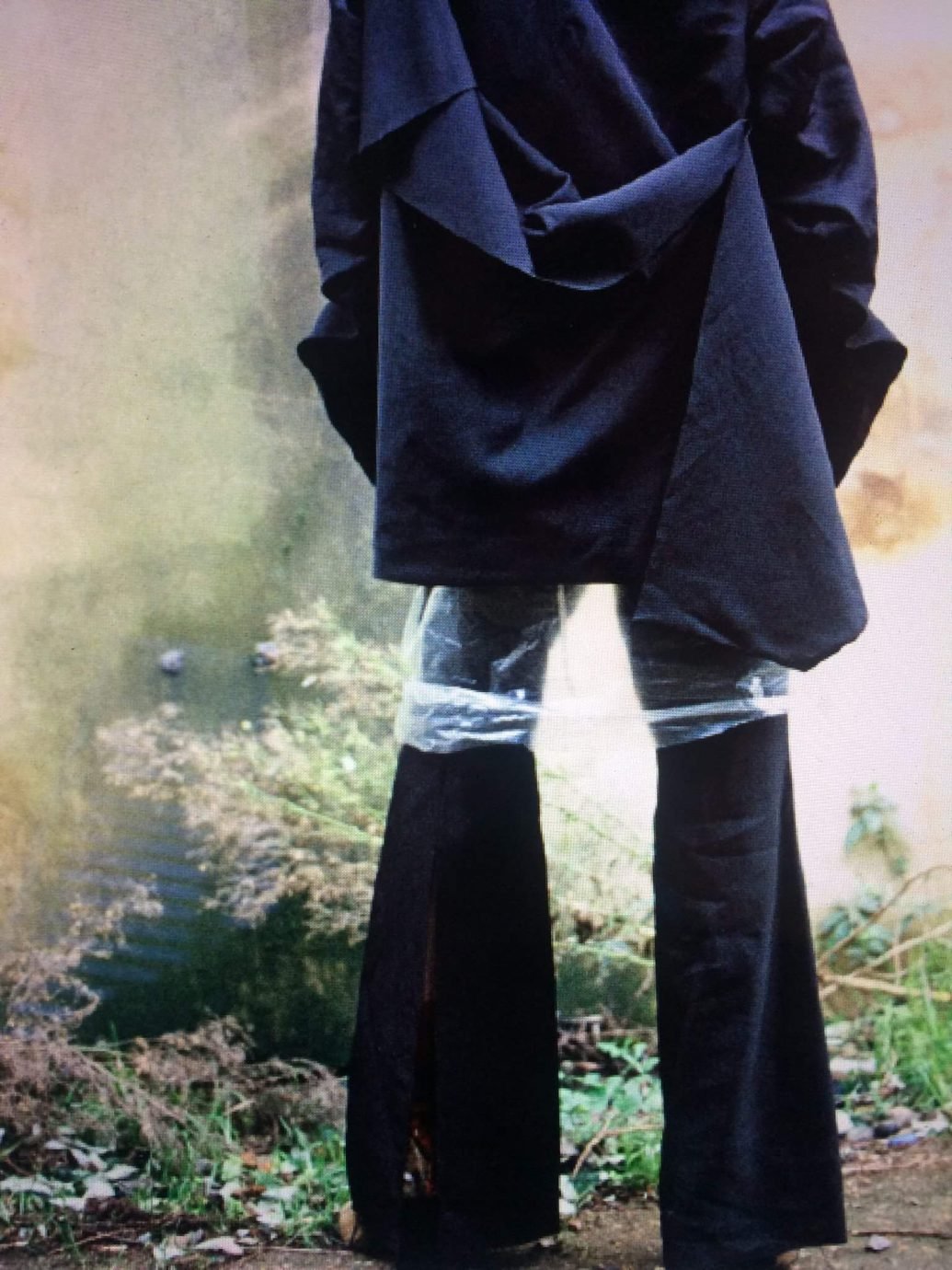Do you buy differently for both platforms?
Romain: No, though other shops do. We want the site to be a reflection of the physical store. Of course, there’s a slight delay as we shoot everything ourselves, but we’ll never sell the sneakers everybody wants if we don’t like them ourselves. Maybe that’s a mistake, but we never want to do something that isn’t us, even if it would make us a lot of money.
Guillaume: Once you open those doors, there’s no limit. How can you make the difference then between responding to a demand and making a selection with a specific vision? The sneakers everybody wants are rarely the designs we like.
Romain: We would be embarrassed to even sell them. [laughter]
Guillaume: What we sell is an extension of ourselves. It’s like a personality. You wouldn’t be able to adapt to what others like all the time, without losing your personality.
It’s interesting that you put this much effort into the online shop, without neglecting the physical store. Even the fact that you’re all present in the store each day can be considered rare.
Guillaume: This isn’t a business for us. Obviously we’re realistic, and we need to make money to survive, so we’ll maximise the sales and we want to grow. But before all else, it’s not the growth that makes us happy. What makes us happy, is to have a project that makes us proud. We’re not developing just to make money.
Romain: It’s true that, at its core, the job of a buyer is a commercial one. However, what makes us really proud is that, when we’re in a showroom with ten other stores, our selection won’t look like anybody else’s. That’s what makes this interesting – you choose what you like and what you want to combine it with. We also love discovering young brands and looking up their work, and showing work that might not be the most obvious choice. This is what is so exciting, to bring products that people like, even if they didn’t expect it. It’s what Guillaume was saying, we don’t respond to a request, we don’t carry a brand because people desire it and are ready to do anything to get their hands on it. We have it because we like carrying it in our shop. That’s what’s fulfilling.
Do you have a type of client in mind when you make the selection?
Guillaume: Yes, we do, because it helps us communicate our vision between each other. When we make a selection, it’ll always be subjective. In a way, we’re discussing taste. So each one of us will understand taste or elegance in another way. But if you describe a precise client, thinking – I could see this garment on this type of client – it brings something tangible and more objective to the discussion. It contextualises what would otherwise be vague. For example, if I told you I like blue, you would have no idea what I mean unless I say that I like Klein.
I’m impressed by how curated your selection is. You manage to make a very precise selection, even for huge collections like Prada.
Guillaume: Well, that’s what so interesting! We’re very proud of the list of designers we carry, but you can find the same names in other shops around the world. What makes us different, is the angle of selection. I’ll go even further, what really defines the identity of our store, is the specific selection of designers that are also sold elsewhere. People see our selection, and compare it to that of other stores, and then they’ll decide which store to go to.
Romain: Within the same brand, you can have two completely different styles. It’s like that both for the brand we love, the brands that don’t really coincide with our identity but have a few pieces that feel really spot on.
Guillaume: To make it more concrete, I’ll explain our work in the showroom. When we enter, we will have already seen the show, which gives us a first impression, a specific emotion, but we don’t select any specific items yet. We make a first round of the showroom, where we simply react to each piece. Then we talk to the person who works for the brand, who explains what sold best and what might not even get produced. Then we do another round where we really make the selection. It can get very practical, for example – we already have this style pants, so we shouldn’t re-order. Then when we’re back in the store, we’ll have another look at the pictures, and we’ll adapt our order again.
Romain: This is where you really have to think about the type of client. Some things might fit perfectly on someone with a bigger size, but it won’t sell as well in a smaller size and vice versa. An oversized vest doesn’t need to be ordered in XXL. This might seem logical, but it takes time to get it right.
Guillaume: What’s interesting is that, for a brand like Raf Simons for example (which is a brand we love), each season there’s pieces that work amazingly, but you can also really get it wrong. It’s never won in advance. It’s not because the collection is good, that you’ll make a good selection in your shop. That’s what’s so exciting and so stressful at the same time. If you go there thinking it’s easy, you can completely miss the story. It’s not a question of good or bad, but there’s a density that can be constructed if you do it well, a specific story. Thus, putting this story together requires a real effort. It’s like a sentence, you have to put the right words together. The meaning will change if you don’t choose the right words. It’s never sure that you’ll make something out of it, even if the show was magnificent.

